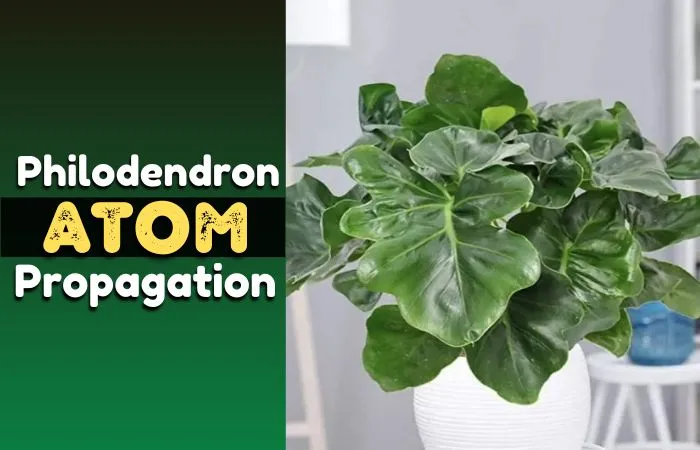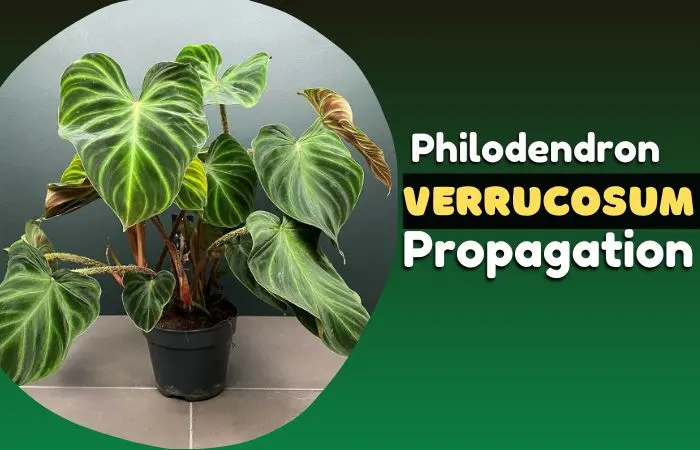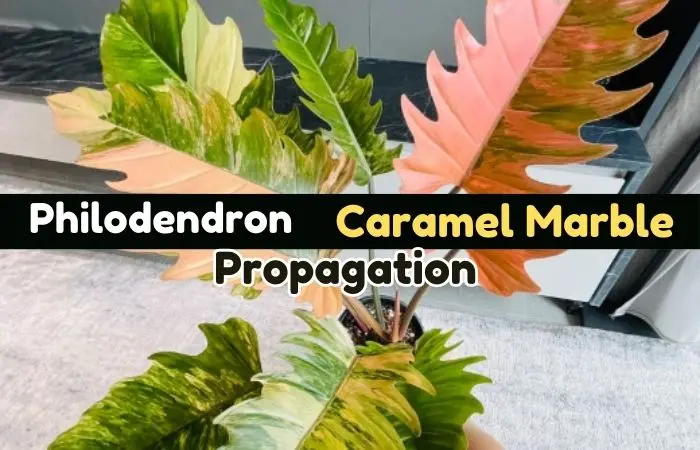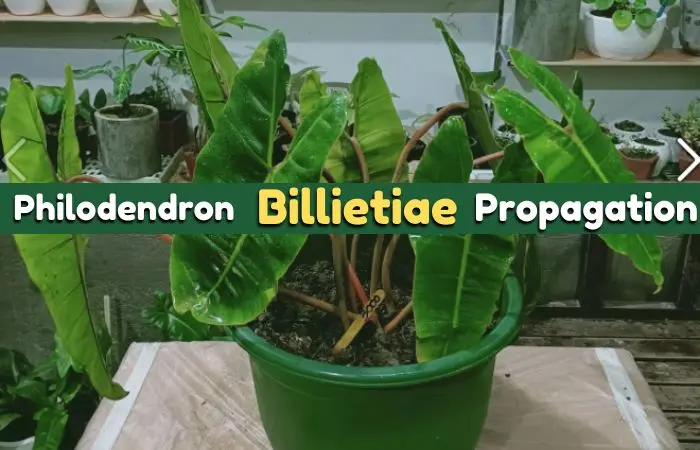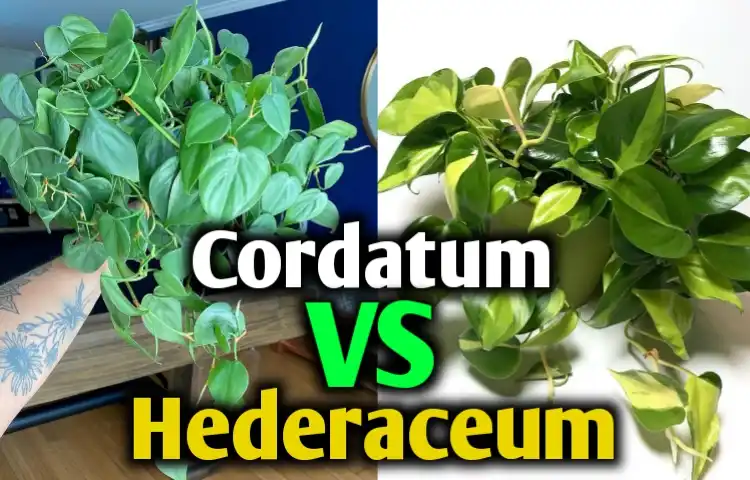Philodendron cordatum propagation- Easiest method explained!
Last Sunday, my friend visited my house and saw my beautiful philodendron cordatum plant. Then she gave me the idea of propagating my cordatum. Initially, it looks very complicated but after understanding properly it seems pretty easy to propagate.
Among all the methods, the easiest method is stem-cutting; where you just need to cut a 2 to 4 inches stem having at least two leaves and one leaf node on it and keep the plant in a rooting medium like soil or water or moss till the cutting gets rooted. Then transfer the rooted cutting into a pot having a suitable potting mix.
Finally, cordatum plants will appear with green leaves that will make a special appearance in your house or garden. Now let’s discuss the process in more detail.
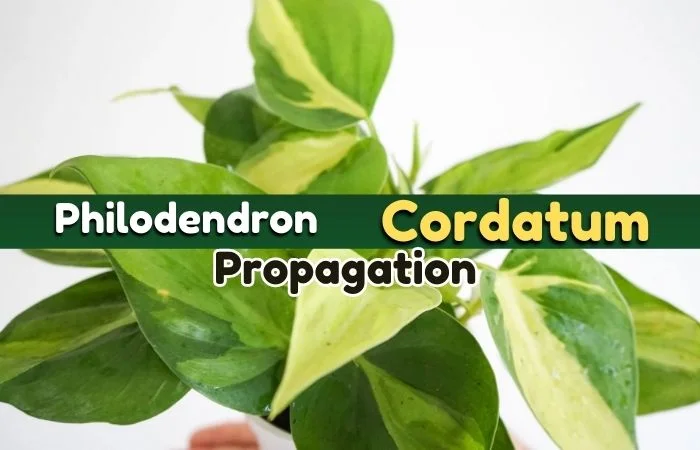
Plant Overview
The philodendron cordatum plant is consistently chosen as a houseplant because of its beautiful appearance. Take a quick view of some basic characteristics of it here.
| Topics | Description |
| Scientific name | Philodendron cordatum |
| Common name | Sweetheart plant, Heart leaf philodendron, and Philodendron Angra dos Reis. |
| Family | Araceae. |
| Originated area | The southeastern part of Brazil, the Caribbean, and Central America. |
| Plant-type | Epiphytic and Vining. |
| Types of leaf | Heart-shaped and bright emerald green. |
| Mature size | 3-13 ft. tall and 1-3 ft. wide. Again, it can be up to 50 feet tall. |
| Time of growth | Spring and Summer. |
| Toxicity | Toxic |
How do you know if your plant is ready for propagation?
Some indications make us understand the preparation for propagation. Take a look at some points to get assurance that the plant is ready to propagate.
1. Healthy Growth: The cordatum is a plant of an average of 3 to 13 feet tall and 1 to 3 feet wide when it is mature. When you find a plant of this size you can consider your plant for propagation.
2. Maturity stage: If you can see the roots coming out of the water drainage holes of the pot, then it is considered as matured and needed repotting. At this stage, it can also be propagated.
3. Watering condition: You may find that the soil dries faster than before. So you need to water the plant more often than before which means your plant has become mature and can be considered for propagation.
Here are the symptoms from which we can know the proper time to propagate the plant as well as repotting.
Tools required for propagation
| Sharp cutting tools | A pair of sharp scissors or a knife is a must and they have to be disinfected to avoid any type of disease or improper propagation. |
| Water pot | It is used in the water propagation method to root the cuttings into the water. |
| Mixing/soil pot | A mixing pot is needed in which the soil can be ready by mixing the suitable soil and fertilizer accordingly. |
| Watering can | A watering can is used to keep watering the plants after a particular time to avoid the soil from drying out completely. |
How to propagate a philodendron cordatum?
The philodendron cordatum is a rare plant. So why do not we propagate this plant to fill the home with this beautiful plant? The best and easiest way to propagate a philodendron cordatum is the stem-cutting propagation method. There is a higher chance of success with this method.
Propagation with stem cutting
Step-1: Getting the proper cutting: For having a better chance of rooting, the selection of the best stem cutting is a must. So, you have to make a clean cut of 2 to 4 inches in length having at least two leaves and one leaf node from a healthy plant.
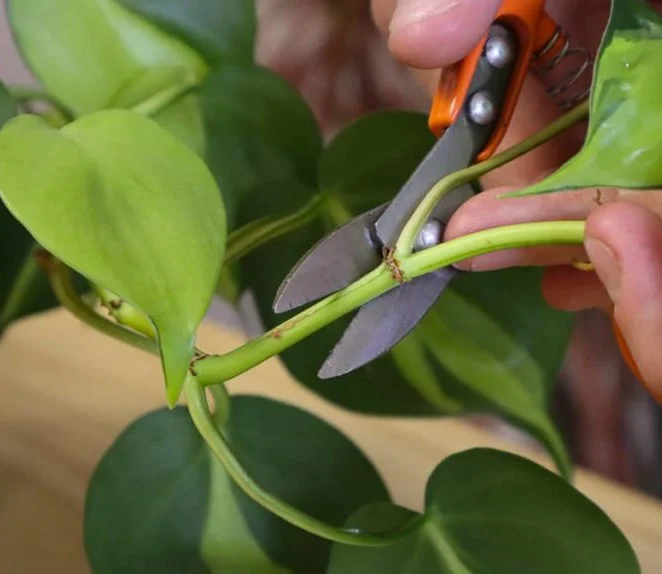
The cutting shears or knife should be sharp to make a clean cut and sterilized to prevent any infection. You can sterilize the cutting tool by using 70% isopropyl alcohol.
Step-2: Placing the cuttings in any rooting medium: After getting the proper cuttings, place them in a rooting medium and wait for 2 to 3 weeks till the cuttings get rooted. You may also cover the upper portion of the plant with plastic to help trap the moisture to prevent the cuttings from wilting.
You can use either soil or damped moss (soil propagation) or water (water propagation) as the rooting medium. This will help to initiate root formation in the cut stem more effectively.
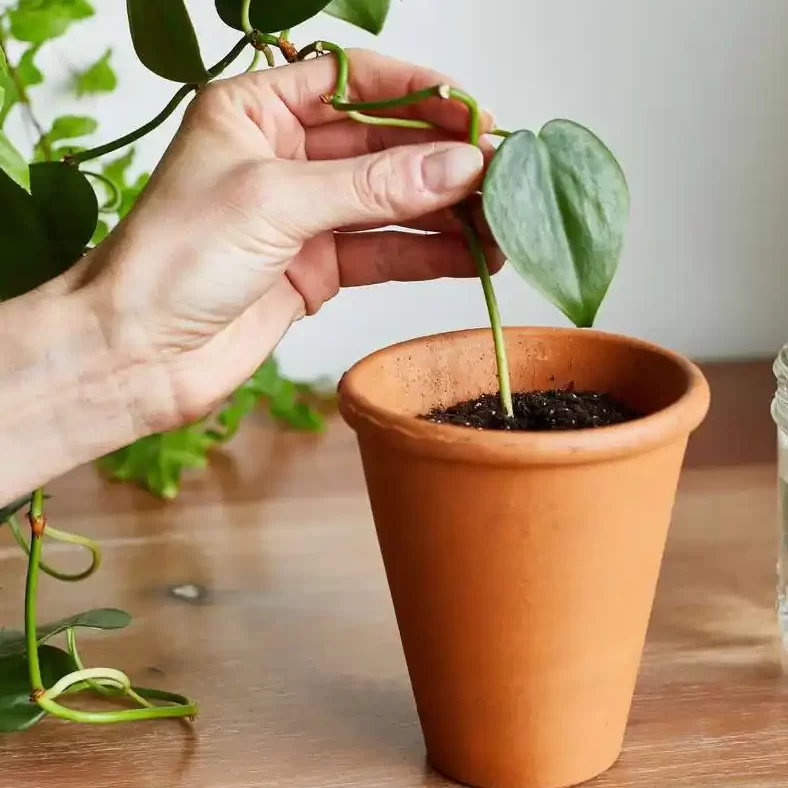
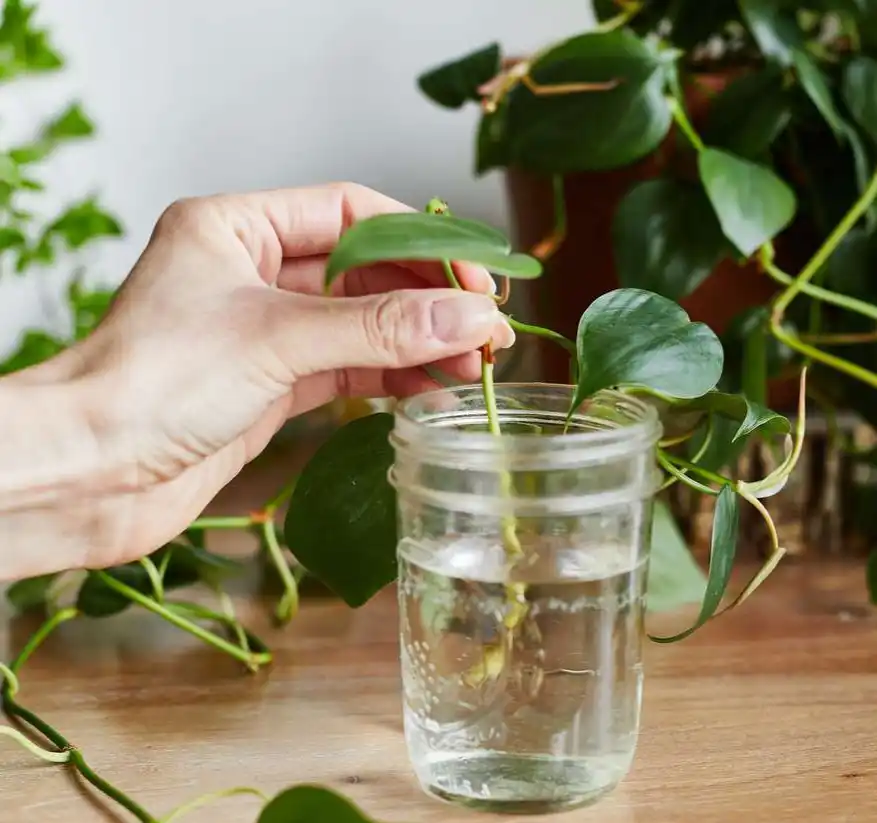
Make sure that the node is completely in contact with the medium and If the medium is water, ensure that the node is submerged at all times. Besides, make sure that the leaves are not in contact with the medium to prevent rotting.
If you use water as a rooting medium, you can see the root growth through the transparent water pot. Otherwise, you can check the root growth of the cuttings by pulling them out of the soil or moss.
Step-3: Planting the rooted cutting: After about one or two weeks, get the rooted cutting and plant it into the appropriate potting mix by making a 1 or 2 inches deep hole into the soil using your finger. Then pack the soil around it loosely.
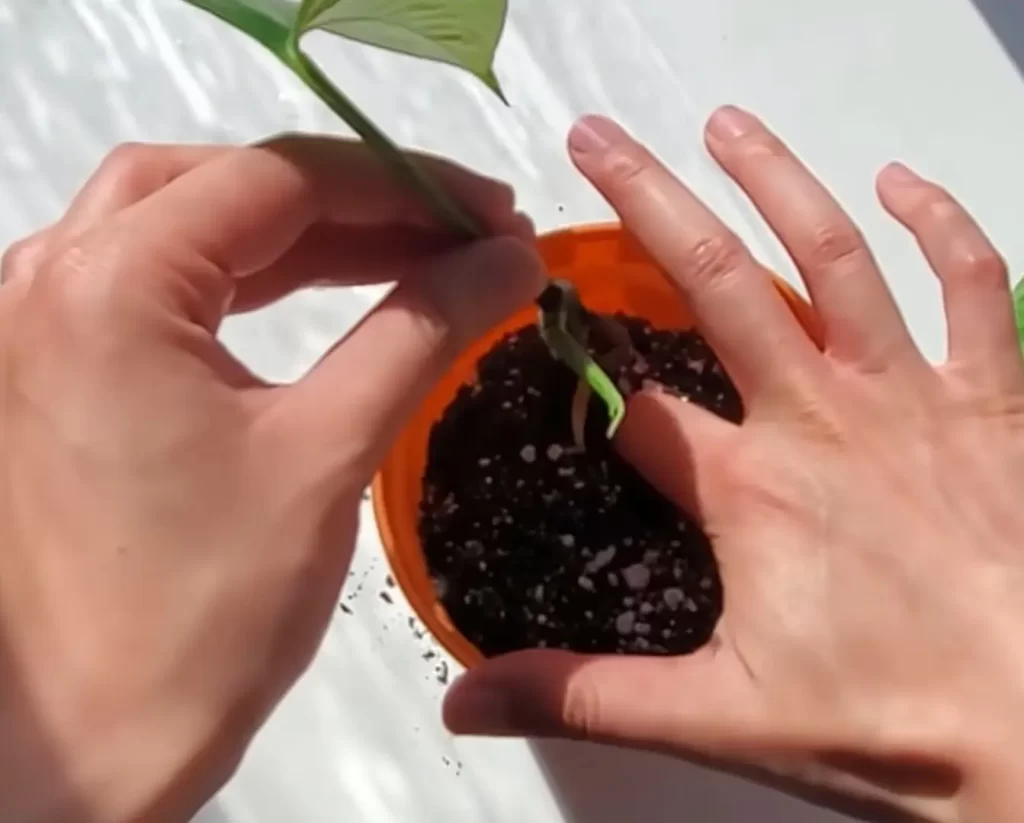
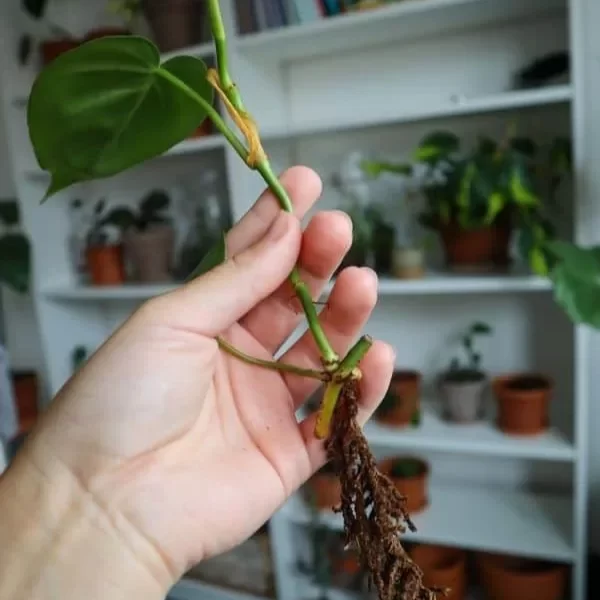
Make sure that the pot must have a sound drainage system to drain excess water and the soil must be moist but not soggy containing perlite, peat moss, wood bark, and sphagnum.
Step-4: Providing optimum condition: Then place the pot in a bright place with sufficient indirect sunlight for better growth. Don’t let the soil dry or overwatered.
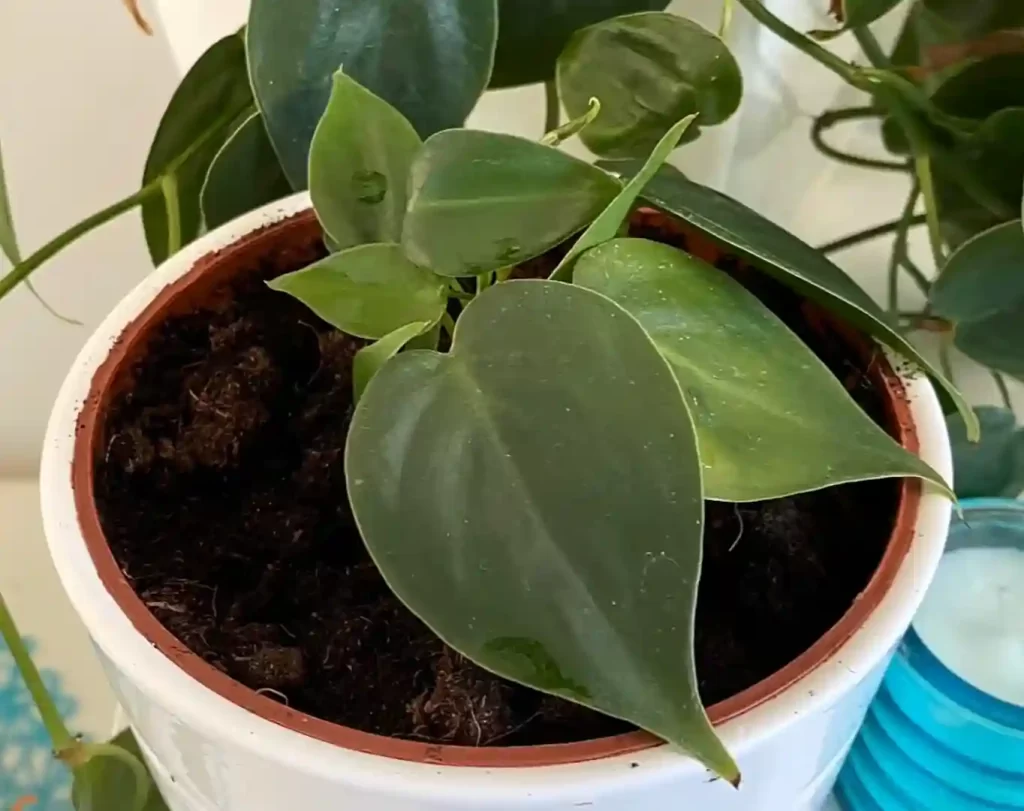
So you can keep watering once or twice a week or if about 2 inches of the top of the potting mix is dry. Besides, If the cutting doesn’t hold itself up, tie it to a straw to give it support.
How to repot the philodendron cordatum plant?
You can repot the plant every 1.5 to 2 years depending on its growth and size. You should try to transfer the plant in early spring during its new growth.
Prepare a suitable soil mix with perlite, peat, and wood bark in a new pot to make it well draining and avoid the risk of root rot. Then remove the plant and cut off the damaged roots and place the plant in the new soil mix carefully.
Finally, keep the newly potted plant in a partially shaded place for a few days till it adapts to the new soil completely. Ensure that the soil is evenly moist at all times but not soggy.
Precautions during propagation
Though the propagation of a cordatum plant is very simple and easy, some precautions have to be taken care of.
- The cutting scissors or the knife should be sharp enough to cut the stem from the knife smoothly. Also, it should be disinfected so that the cutting stem should not get affected by any kind of bacteria.
- The leaves should be removed from the bottom of the stem and not from the top of the stem.
- The nodes must be covered with the rooting medium for better root growth but the leaves should not get in touch with the rooting medium.
- The water used in the propagation should change at least once a week to give fresh water to the plant for healthy growth.
Tips to take care of philodendron cordatum after propagation
Philodendron cordatum needs little ongoing care. Some special care should be taken to the newly potted atom plant for proper growth and maturity. They are given below.
- Location with sunlight: A philodendron cordatum requires bright and indirect sunlight to grow. But, in the case of the outdoors, they should be kept away from direct sunlight to prevent sunburn.
Again, in the case of indoors, the plant has to keep to the brightest area with indirect sunlight.
- Water: Philodendron cordatum prefers balanced watering. So, water the plant once a week or if 2 inches of the top of the potting mix is dry.
- Temperature: Around 17°C to 27°C is best for growth. But keep in mind that extremely warm or cool temperatures can hurt the plant. So, don’t place the plant close to any heater or air conditioner.
- Humidity: Cordatum prefers a humid environment. So, you can keep the environment humid enough by using humidity trays or placing your plant on a tray with pebbles and water.
- Fertilization: A gentle and organic fertilizer is the best choice for cordatum plants. This plant likes to be fertilized often. So, you can feed them every two weeks.
Ensure that you should dilute the fertilizer to half or quarter strength and spray it about 5 to 6 inches away from the base. Or else, it will burn the plant.
Again, it should be kept in mind that you should not fertilize much during the growing season. You can feed them once a month or less during this time.
- Control pests: A healthy cordatum plant may be attacked by spider mites, aphids, and mealybugs due to improper care.
To control these pests, you can use a solution of neem oil, or any insecticide by spraying them on the plants.
- Control common problems: Sometimes, cordatum plants also may face some diseases like yellowing or browning of foliage, stem dieback, root rot, etc. due to improper precautions and care.
To avoid these problems we have to take very special care and precautions for healthy plants.
Final thoughts
Gradually, I reached the end of my details. Finally, we can see that the philodendron cordatum is very easy to propagate. From the entire discussion, let’s recap what we get from this article.
- The philodendron cordatum propagation system is undoubtedly a simple process as you need not gather much equipment.
- Among all the methods, stem cutting is the easiest way to propagate the cordatum plant.
- You need to give a little attention to maintenance. But a pretty look will be provided in your room by their green glace.
Understanding all the points, you just need to take little care and precautions with the plant to avoid damage, choose the best one for yourselves, and have a delightful journey with a philodendron cordatum plant.
Wait!! Wait!! You are reaching at the end of the article. You can also identify phildondron cordatum by reading our comprehensive detailed guide on Philodendron cordatum vs hederaceum.

